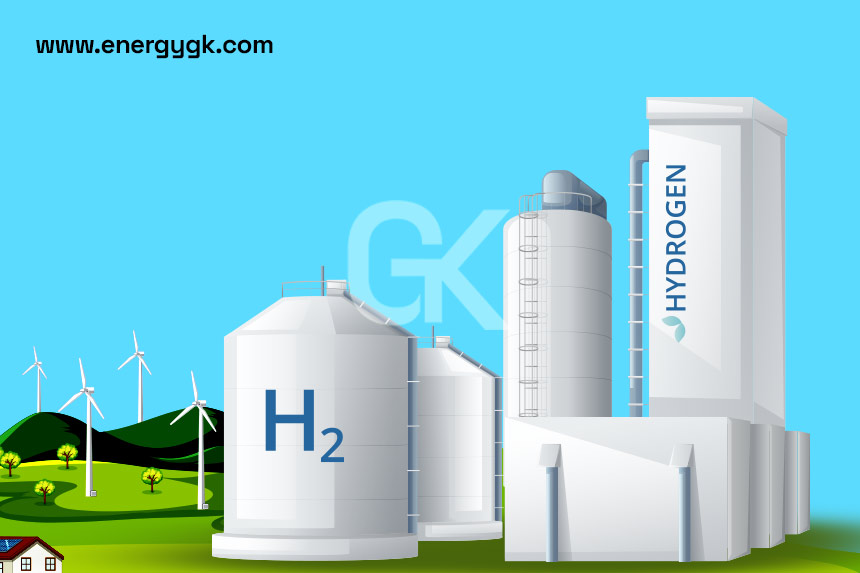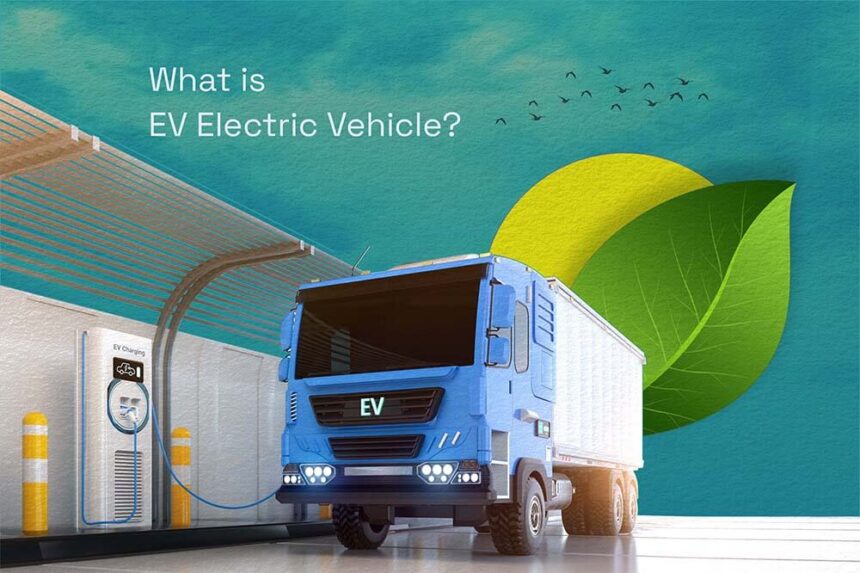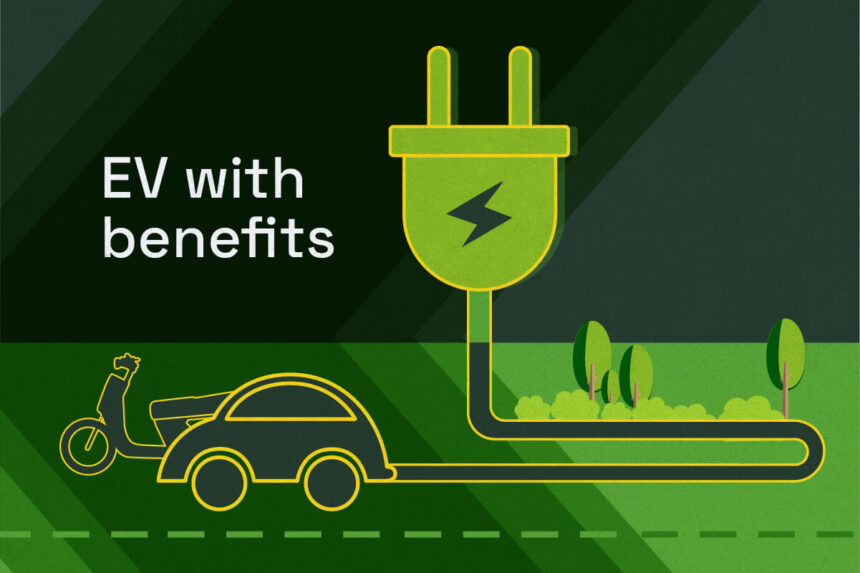tigate the advantages that smart grid technology offers to our energy systems and how it operates.
A Smart Grid:
What Is It? In order to monitor control and optimize the production distribution and consumption of electricity a smart grid is a sophisticated electrical grid that makes use of digital communication technology. Smart grids enable a two-way exchange of information and power in contrast to traditional grids that only allow electricity to move from power plants to consumers in a single direction. The energy systems sustainability dependability and efficiency are all improved by the real-time monitoring and control made possible by this interconnection.
Important Smart Grid Components.
Smart Meters. Digital devices known as smart meters are mounted in residences and commercial buildings to track energy consumption in real time. By giving customers thorough information about their usage habits they empower users to take well-informed decisions that lower consumption and expenses.
The Advanced Metering Infrastructure (AMI): AMI includes the complete set of smart metering systems data management systems and communication networks that make it easier to gather send and analyze energy usage data.
Automation and Sensors: Sensors positioned all over the grid identify and report problems like energy theft equipment malfunctions and power outages. Automation systems make use of this information to react fast rerouting power and resuming service without the need for human involvement.
Distributed Energy Resources (DER): Energy-storing devices like batteries and renewable energy sources like solar and wind turbines are examples of distributed energy resources or DERs. By integrating these resources into the grid smart grids maximize their use and guarantee a steady supply of energy.
Systems for Grid Management: By monitoring and managing the movement of electricity throughout the grid these systems balance supply and demand in real time through sophisticated algorithms and data analytics. Technologies related to smart grids.
Enhanced Efficiency: By more precisely matching supply and demand smart grids optimize the distribution of energy. This lowers energy waste and raises the power systems overall efficiency.
Enhanced dependability: In order to prevent power outages and promptly restore service when they do occur real-time monitoring and automated responses to grid disturbances are implemented. As a result the energy supply is more dependable and resilient. Including Renewable Energy Sources. By controlling the fluctuation and intermittency of renewable energy sources smart grids make their integration easier. This guarantees a steady and sustainable energy supply even as the proportion of renewable energy sources rises.
Customer Self-Sufficiency: Customers who have access to comprehensive data on energy usage can make educated decisions to lower their expenses and consumption. Through the use of smart meters to enable time-of-use pricing users can move their consumption to off-peak hours which eases the load on the grid.
Environmental Benefits: Smart grids contribute to a more sustainable energy future by lowering greenhouse gas emissions and reducing reliance on fossil fuels through energy efficiency and the integration of renewables.
Financial Savings: Energy bills for consumers can be lowered when utilities experience cost savings as a result of increased efficiency and dependability. Saving money is further increased by lowering the requirement for expensive infrastructure improvements.
Smart Grid Uses in the Real World. Smart grid technology has been implemented successfully in a number of nations and cities across the globe.
USA: The USA has made large investments in smart grid technology through programs such as the Smart Grid Investment Grant (SGIG). Numerous national projects have shown increases in effectiveness dependability and customer involvement.
Europe. The EU and other European nations have led the way in the adoption of smart grid technology. Thanks to smart grid technologies nations like Denmark and Germany have successfully incorporated significant amounts of renewable energy into their grids.
India: The integration of renewable energy sources and a rapidly increasing energy demand are the two main issues being addressed in India through the implementation of smart grid projects. Modernizing the grid and improving its resilience and efficiency are the goals of programs like the National Smart Grid Mission (NSGM).
Obstacles and Potential Futures.
Despite all of the advantages there are a few obstacles to smart grid adoption:.
High Upfront Costs: Installing smart grid infrastructure necessitates a large upfront investment in new systems and technologies. Risks related to cybersecurity: Because smart grids are digital they are susceptible to cyberattacks so strong security measures are required.
Obstacles related to regulations and policies: To facilitate the broad deployment of smart grids and guarantee system interoperability coordinated policies and regulations are required. On the other hand smart grid technology has bright future prospects. Efficiency dependability and sustainability will keep improving as long as digital technology data analytics and integrated renewable energy continue to progress. Intelligent power systems or smart grids will be essential to maximizing energy distribution and use as the world moves toward a more environmentally friendly energy future.
Conclusion
An important advancement in how we handle and use electricity is provided by smart grid technology. Smart grids improve our energy systems efficiency dependability and sustainability by integrating renewable resources and optimizing the distribution of energy. We are getting closer to a sustainable energy future where consumers and the environment win as nations across the globe keep investing in and implementing smart grid technologies. To power a sustainable future and guarantee a reliable energy supply for future generations it is imperative that we embrace this technology.






